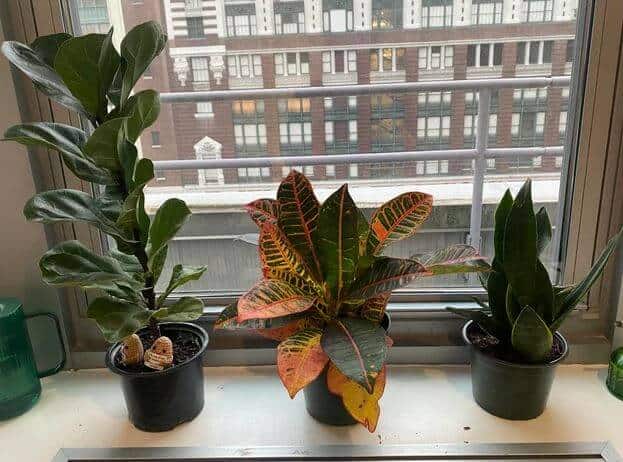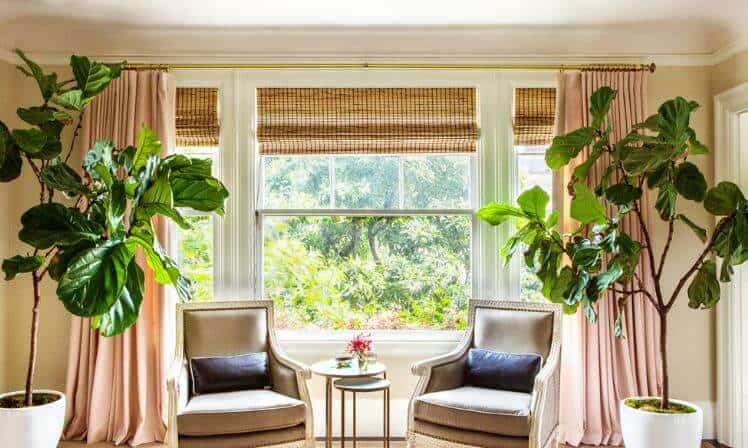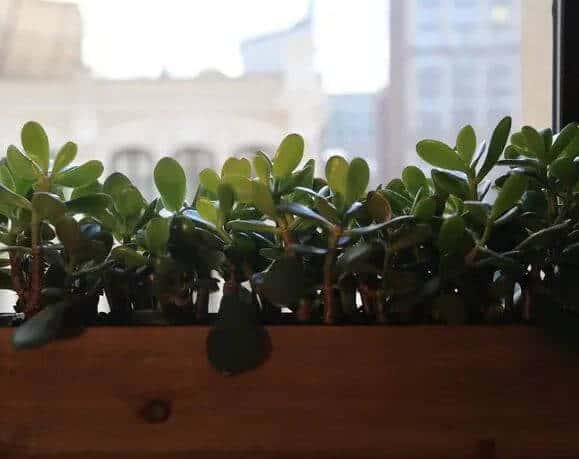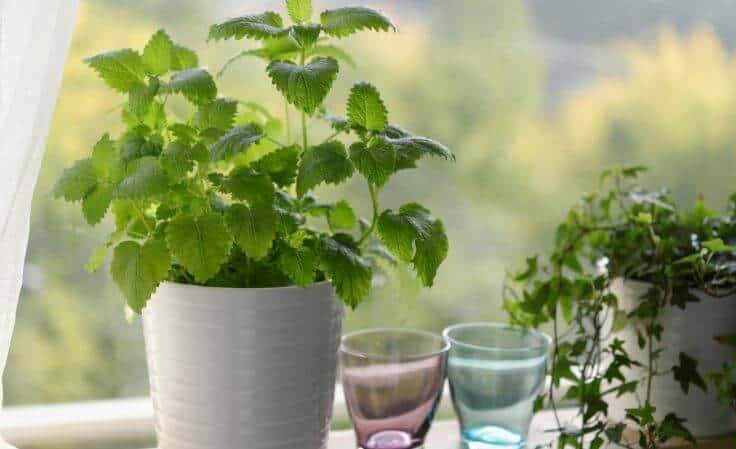Last Updated on June 15, 2023 by a Friendly Gardener
Houseplants, regardless of their nature, will need a certain amount of daily sunlight. The direction your windows face will influence exactly how many hours of sunlight are available for plants located on a sill or near the window.
Windows facing the west will generally benefit from four to six hours of the afternoon to early evening sunlight and occasionally more. The length of the sunlight exposure will depend on the season. Sunlight is medium to high in intensity.
Some light exposure will be direct meaning it will shine directly on plant foliage while some light will also be indirect. Plants place a few feet from the window will receive both direct and indirect light. This may be too harsh for many plants, so selecting plants that specifically thrive in this bright environment is your best option. Plants placed at least five to six feet away will receive indirect bright light.
West-facing windows are ideal for plants that thrive in hotter temperatures and love direct sunlight. Here are some of our favorites for best indoor plants for west-facing window.
Air Plants

These fascinating creatures are botanically named Tillandsia belonging to the Bromeliad family and contain more than 650 plant species. As epiphytic plants that grow out of the soil, latching onto tree trunks, rocks, and more, they are commonly called “air plants”. These plants do not use a traditional root system but get both moisture and nutrients from the air. Lovers of sunshine, they will do best in a west-facing window if the environment is somewhat humid. If you are growing these in an arid climate, consider keeping them at a distance from the window or protected behind a sheer curtain.
Aloe Vera

A popular succulent renowned for its medicinal properties, the long spiny foliage that features fleshy interiors with healing gel is a favorite for indoor and outdoor cultivation. Appreciated for its gel which is used in healing and skincare products, if you burn yourself, you may be happy to have one in the house. The Aloe needs a well-draining soil bed and a warm climate. They are ideal for west-facing window cultivation especially if in a spot with a sheer curtain or a minimum of shelter. Foliage tips that are long and pointy should not be allowed to come into direct contact with a hot windowpane.
Cacti

The Cactaceae family hosts more than 1800 cactus species. These plants are aptly described as desert plants and will feature sharp spines or needles and thick stems with a waxy texture that aids them in resisting periods of drought and impeding water loss through transpiration. Each specie will have different needs but cacti in general need a whopping 12 hours of daily sunlight. They should never receive fewer than four hours, hence cacti are among the best plants for a west-facing window.
Croton Plants

Croton houseplants are incredibly popular due to their vibrant foliage colors that include variations of red, yellow, orange, and purple with green. Depending on the Croton variety, light requirements may vary a bit, but generally, they prefer bright light environments and warm temperatures with moderate humidity levels. The more colorful the foliage variegations, the greater light your plant will need. Crotons also need fertilization during their growing season of spring and summer, and they can benefit from annual repotting to replenish soil nutrients.
Fiddle Leaf Fig Plants

The Ficus lyrata is a stunning houseplant with large green glossy foliage emerging from slender trunks. Leaves are oval-shaped with a slight thinning of the shape in the middle vaguely resembling a fiddle, hence their popular name. Fiddle Leaf Figs prefer to enjoy lots of direct sunlight all day long. Well-draining soil and direct sunlight exposure make for a happy plant. A west-facing window is an ideal choice for this attractive Ficus variety.
Jade Plants

The Crassula ovata popularly called the Jade plant is a favorite among home gardeners. Boasting beautiful cushiony leaves, these succulents require four to six hours of bright light and well-draining soil. Thought to be lucky for their owners, these are long-living plants that generally do not have issues with either pests or diseases making them ideal for indoors.
Kalanchoe Plants

The Kalanchoe genus is comprised of about 125 various species of succulents that produce blooms. Foliage is a deep green hue, wide and waxy in appearance. Leaves are a bit shaped like broad paddles. While the foliage is attractive, this plant’s flowers have a starring role. The Kalanchoe will flower for most of the year. These plants need generous bright light but beware of leaf scorching in the summer due to direct sunlight exposure. During the hot season, move your plant back a bit from a west-facing window or protect it behind a sheer curtain.
Mint Plants

Mint plants are delightful for indoor cultivation. The genus Mentha boasts approximately 25 different species and while mint plants will manage in a partially shaded area, they are happiest when receiving full sun. Soil should be maintained evenly and consistently moist so that these plants do not dry out with all that sun. Depending on where you live, you may want to provide a bit of shade to avoid potential scorching or foliage.
Snake Plants

Botanically known as the Sanseviera but more recently reclassified as Dracaena, these plants are well-loved because they are indestructible or nearly impossible to kill. While they are appreciated because of their ability to adapt to any light situation including low-light environments, they love some direct sun for several hours daily. Soil should be allowed to dry out between waterings, and this is one reason why they can thrive in west-facing windows.
Wandering Jew Plants

The Tradescantia zebrina is a favorite because of its delicate pink purple and green striped leaves. Also known as the Inchplant, it requires generous light. A lack of light will cause its leaves to lose some of their characteristic coloring and markings will fade. A native of South America, Mexico, and the Caribbean, the Wandering Jew needs a warm climate and lots of bright light to thrive. This houseplant, happily, can tolerate some direct sunlight exposure, so it’s a perfect choice for your west-facing window.
West-Facing Window Plants
If your home or office benefits from a west-facing window, know that any houseplant which thrives in direct sunlight or indirect sunlight and a warm temperature will be happy facing west. This type of sunlight exposure can contribute to soil beds drying out more quickly, so take this into account when watering and watch humidity levels for west window plants requiring more moisture in the air.

